Dell Latitude E7440 Ultrabook review
We put Dell's 14in £1,500 Ultrabook to the test. But is it good enough to justify the premium price?
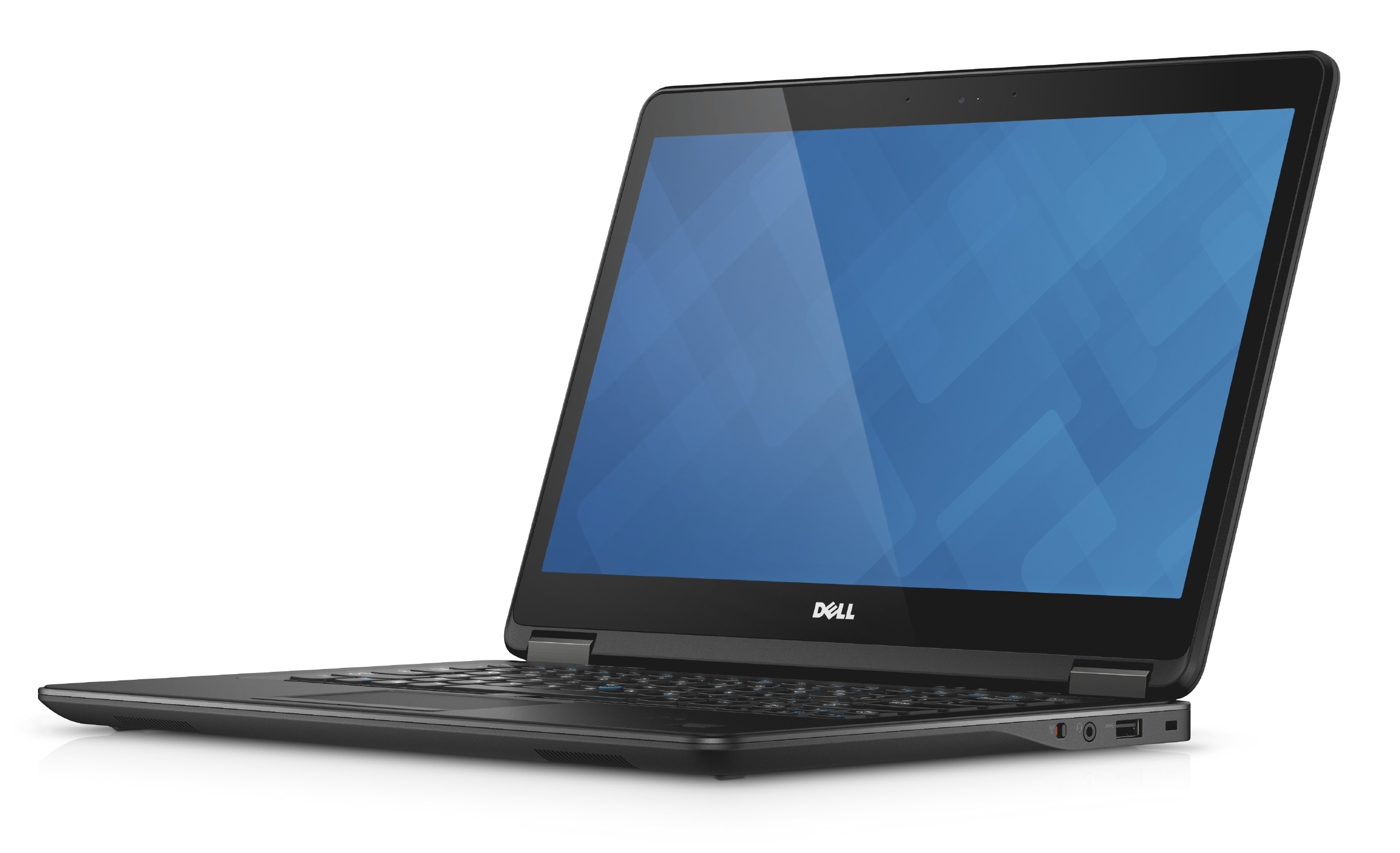

This is a great effort by Dell when it comes to performance and connectivity. But you're going to need to splash out a lot of cash for the top specification.
-
+
Powerful processor; Fantastic build quality; Bright, high-contrast screen
-
-
Average colour accuracy; Mediocre battery life

Ultrabooks are expensive but their light and slim chassis often house powerful components which would be useful to a business user. The Latitude E7440 aims to tempt users with a Haswell-based Core i7 processor, 256GB SSD, good screen and some of the best connectivity we've seen on a laptop.
Ports ahoy
The Latitude E7440 isn't the most glamorous looking laptop but it is functional. It's kitted out with plenty of ports, most of which are on the rear of the device. There's a total of 3 x USB 3 ports, a mini-DisplayPort, full-size HDMI and a Gigabit Ethernet connection. Added to this you've got a Kensington lock connector, SD and smart card readers as well as the trusty headphone jack.
Business touches are noticeable throughout. The base has a connection for a docking station and a keyboard drainage hole. The wrist-rest also has a fingerprint reader. In the middle of the keyboard is a trackpoint, which has its own trio of buttons in between the keyboard and the trackpad a feature associated with Lenovo ThinkPad laptops. There's even a physical Wi-Fi switch.
The design of the machine is demure. We like the metallic lid, powder-coated aluminium base and the soft touch plastic used for the wrist-rest. The back of the hinge is brushed aluminium, and the Latitude has clean lines and simple curves.
Dell says this laptop is built with an underlying "tri-metal chassis", and we've no reason to doubt those claims as there's no give anywhere. You can't flex the base or wrist-rest and the lid barely moves when tugged and twisted with no on-screen distortion.
The Dell is the strongest laptop we've aside from Apple's MacBook range, which is crafted from one piece of aluminium. If there's a downside to the Latitude's design, it's the bulk. At 1.63kg and with a 21mm thickness, it's chunkier and heavier than MacBook Pro (18mm, 1.57kg).
Sign up today and you will receive a free copy of our Future Focus 2025 report - the leading guidance on AI, cybersecurity and other IT challenges as per 700+ senior executives
Performance
Many Ultrabooks make do with mediocre processors, but the Latitude is powered by a top-end Core i7-4600U. You've got a basic clock speed of 2.1GHz clock, which rises to 3.3GHz when Turbo Boost technology is deployed. The cores have Hyper-Threading, and it's got 4MB of L3 cache 1MB more than equivalent Core i5s. It's also got vPro - allowing for remote management.
The U' suffix indicates this is a low-power part and it means compromises. The processor has got two cores instead of four, and it's lacking in the graphics department with the basic HD Graphics 4400 integrated.
However, this still didn't stop the Latitude from scoring a respectable result of 75/100 in our benchmarks. The device comfortably beat its Windows rivals and was narrowly bested by the 13in MacBook Pro.
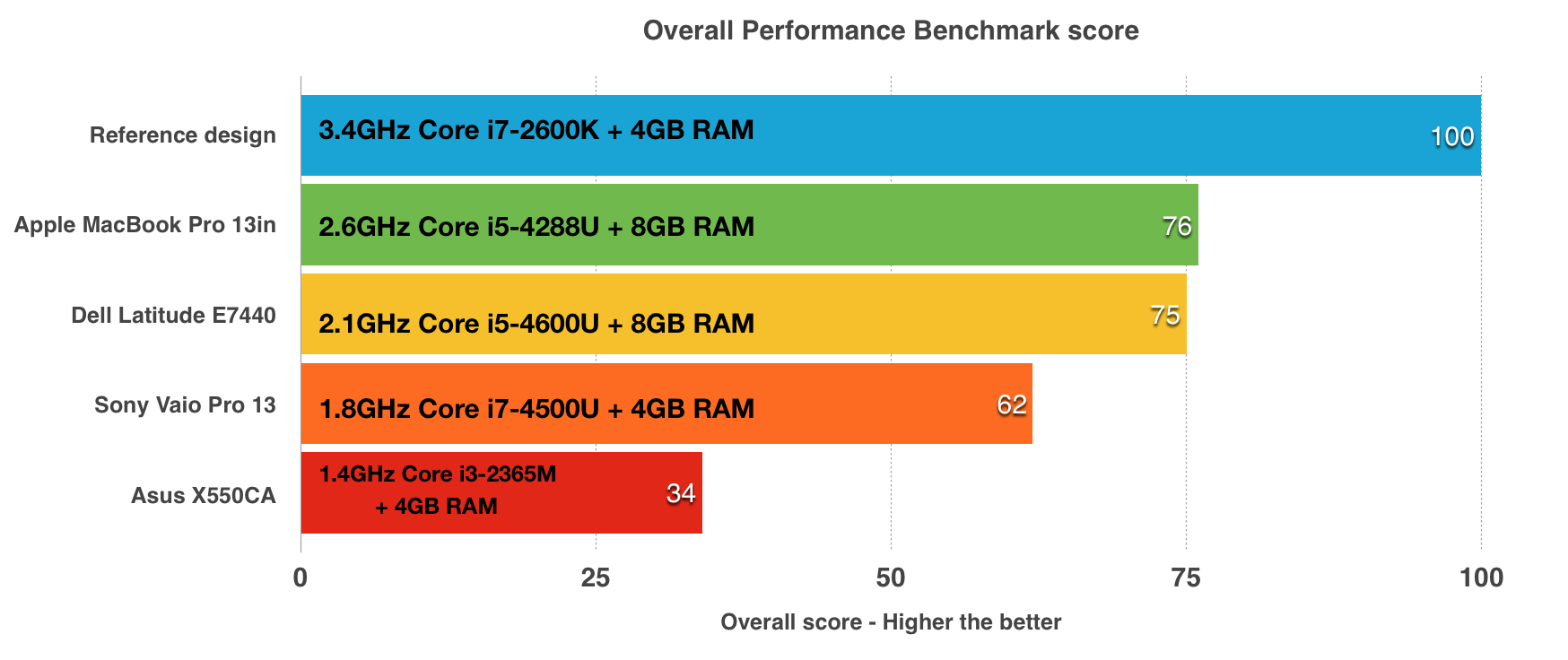
The Latitude's iTunes and Photoshop scores of 85 and 95 were excellent, and the SSD's added responsiveness led to decent Explorer and app switching scores of 87 and 86.
The weak graphics core brought down the overall score. Results of 53 and 46 in the video and 3D rendering benchmarks were poor and mean it isn't the right machine if your primary needs are related to graphics.
There's 8GB of RAM, and the 256GB SSD is reasonable chunk of storage. Sequential read and write speeds of 477MB/sec and 396MB/sec are quicker than any hard disk, and the Latitude booted in 14 seconds - the fastest time you'll see for a Windows 7 machine.
The connectivity on the Dell is beaten by few Ultrabooks, if any. It's packing a dual-band 802.11 Wi-Fi chip, which supports the new AC standard, there's Bluetooth 4.0 and Gigabit Ethernet. If you need connectivity on the move you can slot in a SIM card and use mobile broadband.
One of the few disappointing features of the Latitude was the battery life. We clocked a lifespan of 6hrs 43mins in our Iron Man test - over three hours less than the class-leading MacBook Air, but reasonable for a Windows device.
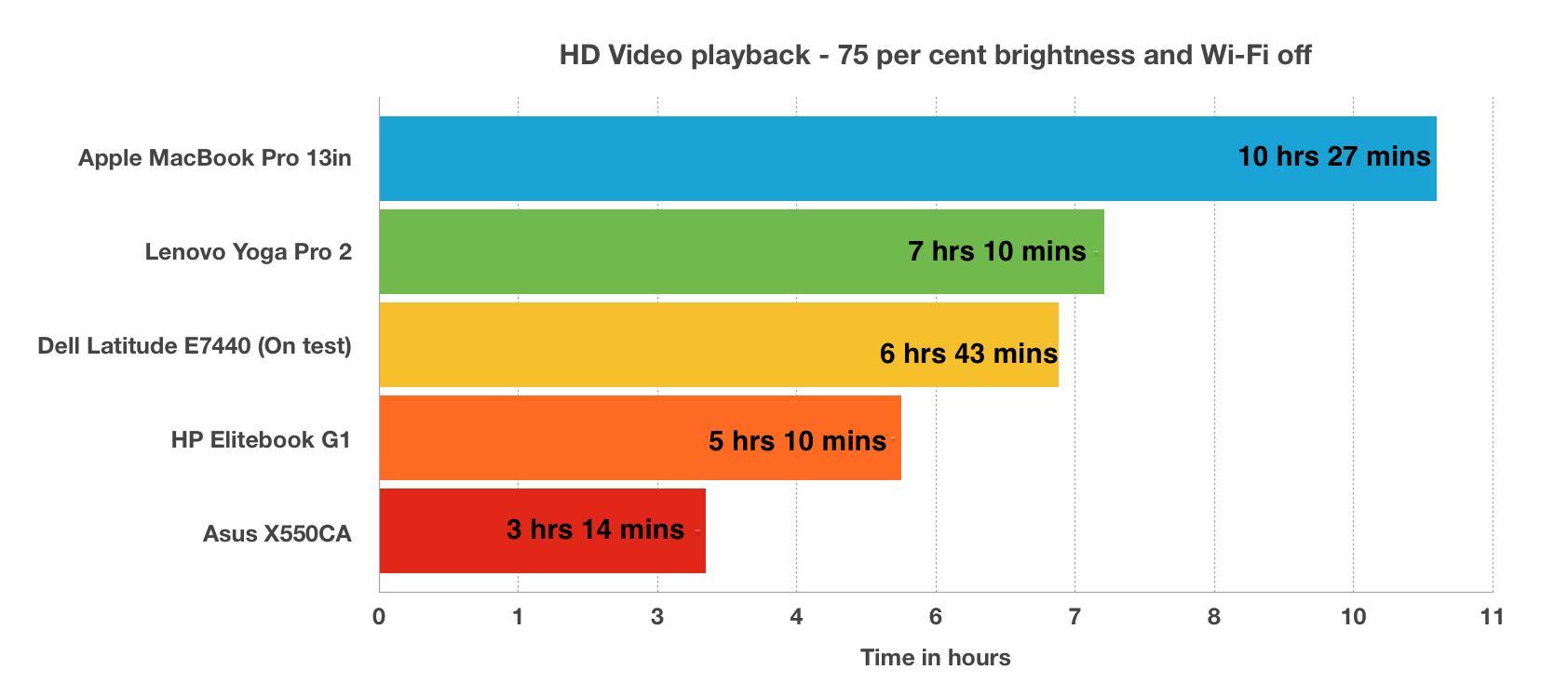
Screen time
Our sample was the most expensive E7440, so it shipped with a 14in 1,920 x 1,080 panel made from Corning Gorilla Glass. This material is common in portable products like smartphones and tablets, so the extra protection on the laptop is welcome. Our review unit ran Windows 7, so it didn't have a touchscreen.
The Latitude's pin-sharp screen hit an excellent maximum brightness level of 351cd/m2, and the contrast ratio of 998:1 is superb. These figures were better Sony Vaio Pro Ultrabook, and results mean lighter colours burst from the screen and dark areas were inky. The screen covered 84.9 per cent of the sRGB colour gamut - not a top tier figure, but good for Ultrabooks. The display didn't cover all red or green shades, for instance, but no one area was affected.
The poorest result came in colour accuracy the Latitude's Delta E of 7.6 is average, compared to a fantastic 3.1 from the Sony. This means the Dell has a great screen for work thanks to its brightness and resolution but the Vaio's panel is better for image work.
Ergonomics
Dell has fitted the Latitude E7440 with a traditional keyboard rather than a trendier Scrabble-tile unit, and we had no major issues with the typing action. There's a classic layout and each key has a strong and consistent action that combines well with the sturdy base. We were up to typing speed quickly, but this excellent unit isn't quite as good as the keyboards on ThinkPads or MacBooks.
The touchpad and its buttons are responsive and the buttons are just as good, but we're less enamoured with the trackpoint. It's got no clearance from the keys, making it trickier to use than Lenovo's equivalents, which protrude from the keyboard.
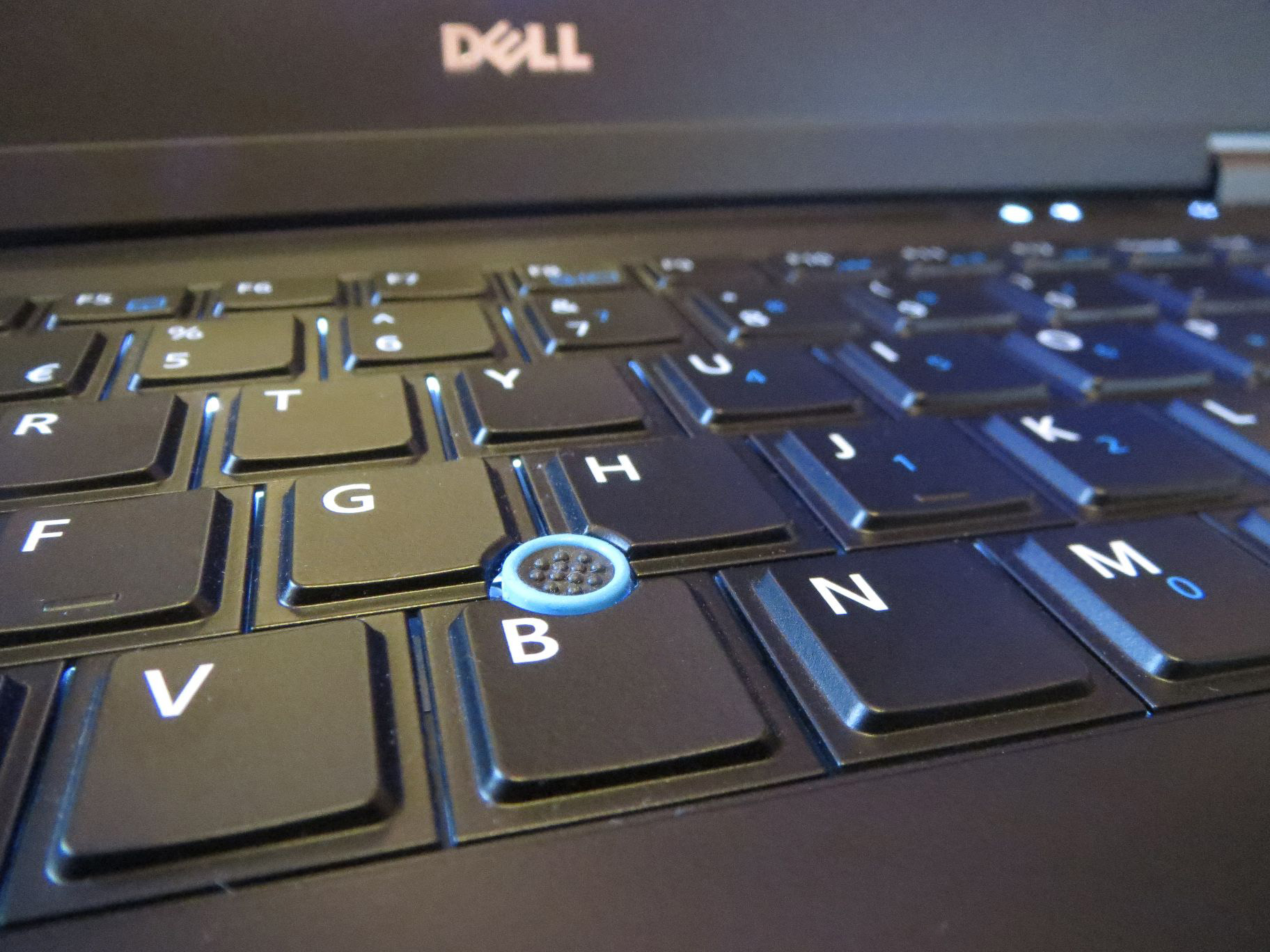
Options and upgrades
Dell sells three E7440 variants: our sample was the most expensive, at 1,269 ex VAT, and the next model down isn't much cheaper it uses a Core i5 processor and 4GB of RAM, and includes a touchscreen for a final price of 1,159 ex VAT.
The entry-level model is available for 699 ex VAT and uses a Core i5 processor, 4GB of RAM, a standard 500GB hard disk and it's got a non-touch 1,366 x 768 resolution screen.
None of these models have customisable components and they ship with Windows 7 only, but Dell makes up for this by loading its Latitudes with plenty of warranty and service options.
There's a three-year warranty as standard, which can be upped to five-years for 47. ProSupport versions cost between 76 and 168. The system's BIOS can be customised at the factory with boot options, wake-on-LAN settings and TPM toggles for 6 a pop.
Accidental damage and data protection options can last between one and three years and cost between 13 and 114. Optional encryption services, anti-theft labels, keyed locks and privacy screens add security. A docking station costs 179 and adds 3 x USB 3 ports, 3 x USB 2 ports, another Gigabit Ethernet connection, and DisplayPort, DVI-D and D-SUB display connectors and eSATA.
Overall
The Latitude gets so much right, with its high-end components, superb connectivity, good screen, responsive keyboard and stunning build quality. It just misses out on full marks due to the mediocre battery and machine's 1,523 price makes it expensive.
However, the Latitude E7440 is well worth consideration if you have the budget.
Verdict
This is a great effort by Dell when it comes to performance and connectivity. But you're going to need to splash out a lot of cash for the top specification.
Processor: 2.1GHz Intel Core i7-4600U processor
GPU: Intel HD 4400 graphics
Memory: 8GB DDR3 RAM
Display: 14in (1,920 x 1,080) Corning Gorilla Glass
Storage: 256GB Lite-On SSD
Optical: N/A
Connectivity: 802.11ac Wi-Fi, Bluetooth 4.0, Gigabit Ethernet, HSPA+ SIM slot
Ports: 3 x USB 3, SD card slot, smart card slot, mini-DisplayPort, HDMI, Kensington lock slot, headphone jack
Dimensions: 337 x 232 x 21mm (WxDxH)
Weight: 1.63kg
Mike Jennings has worked as a technology journalist for more than a decade and has been fascinated by computers since childhood, when he spent far too long building terrible websites. He loves desktop PCs, components, laptops and anything to do with the latest hardware.
Mike worked as a staff writer at PC Pro magazine in London for seven years, and during that time wrote for a variety of other tech titles, including Custom PC, Micro Mart and Computer Shopper. Since 2013, he’s been a freelance tech writer, and writes regularly for titles like Wired, TechRadar, Stuff, TechSpot, IT Pro, TrustedReviews and TechAdvisor. He still loves tech and covers everything from the latest business hardware and software to high-end gaming gear, and you’ll find him on plenty of sites writing reviews, features and guides on a vast range of topics.
You can email Mike at mike@mike-jennings.net, or find him on Twitter at @mikejjennings
-
 OpenAI turns to red teamers to prevent malicious ChatGPT use as company warns future models could pose 'high' security risk
OpenAI turns to red teamers to prevent malicious ChatGPT use as company warns future models could pose 'high' security riskNews The ChatGPT maker wants to keep defenders ahead of attackers when it comes to AI security tools
By Nicole Kobie Published
-
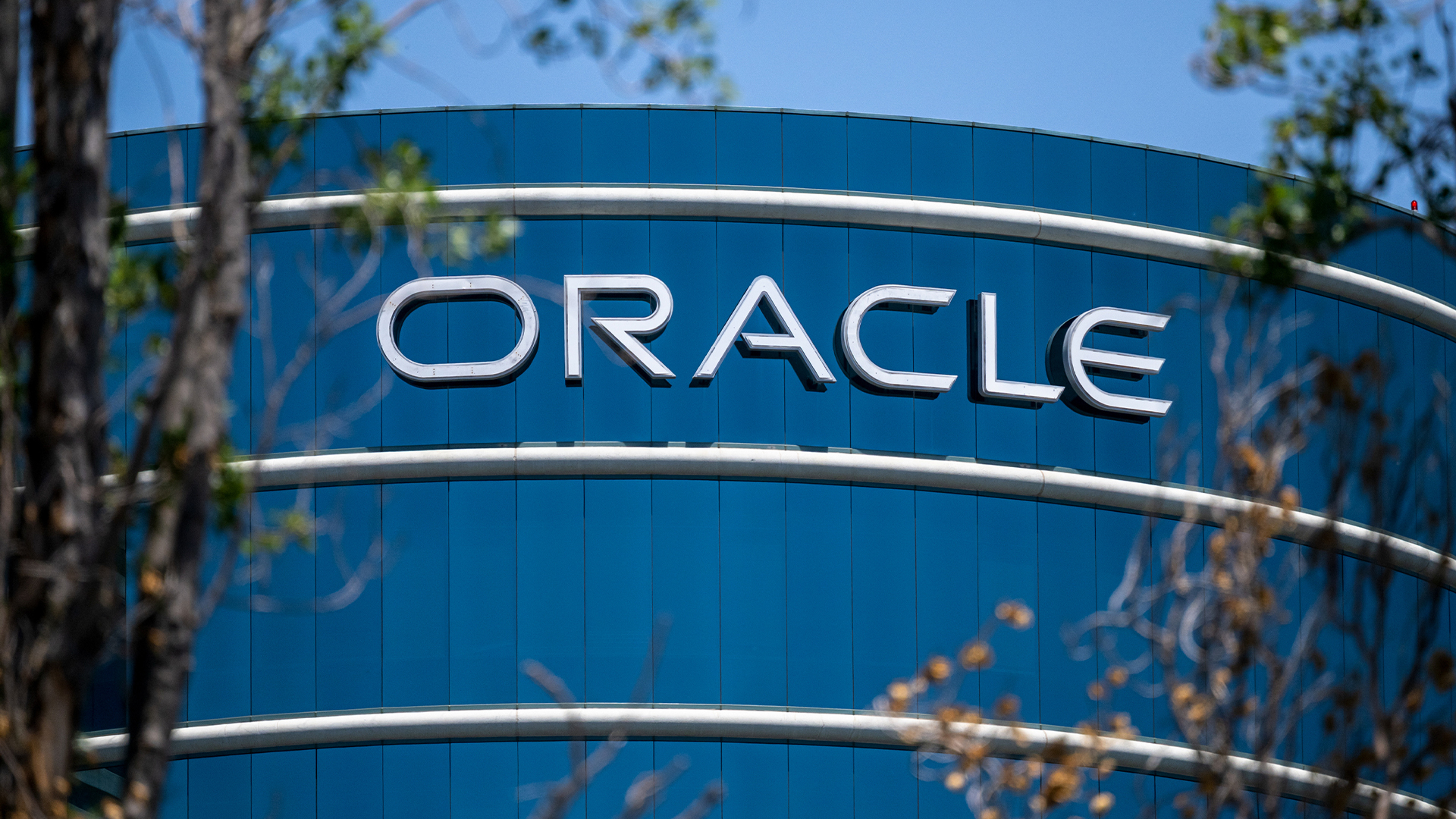 Oracle's huge AI spending has some investors worried
Oracle's huge AI spending has some investors worriedNews Oracle says in quarterly results call that it will spend $15bn more than expected next quarter
By Nicole Kobie Published
-
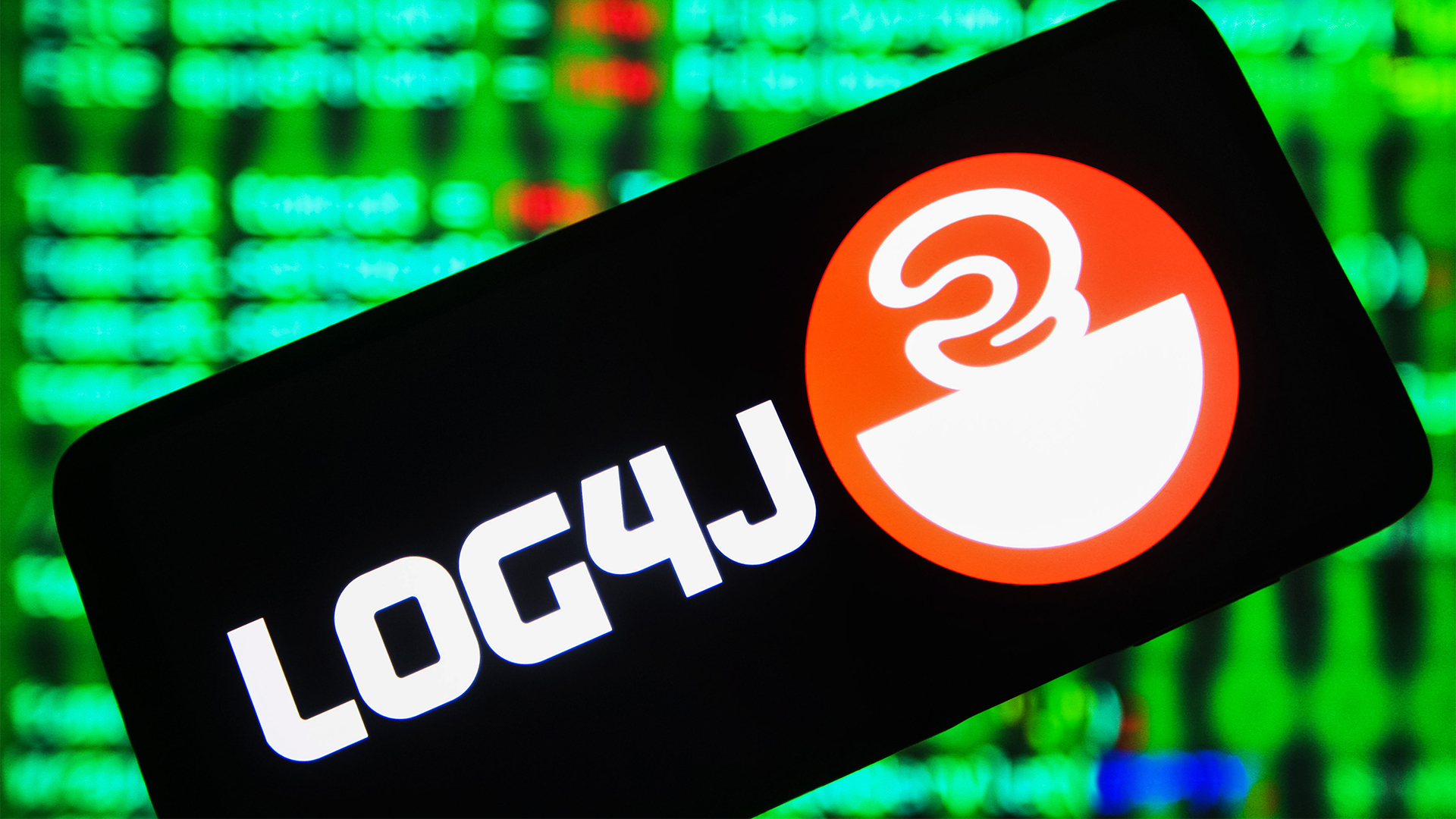 A concerning number of Log4j downloads are still vulnerable four years on
A concerning number of Log4j downloads are still vulnerable four years onNews Despite safe Log4j versions having been available for years, many organizations haven't introduced them
By Emma Woollacott Published
